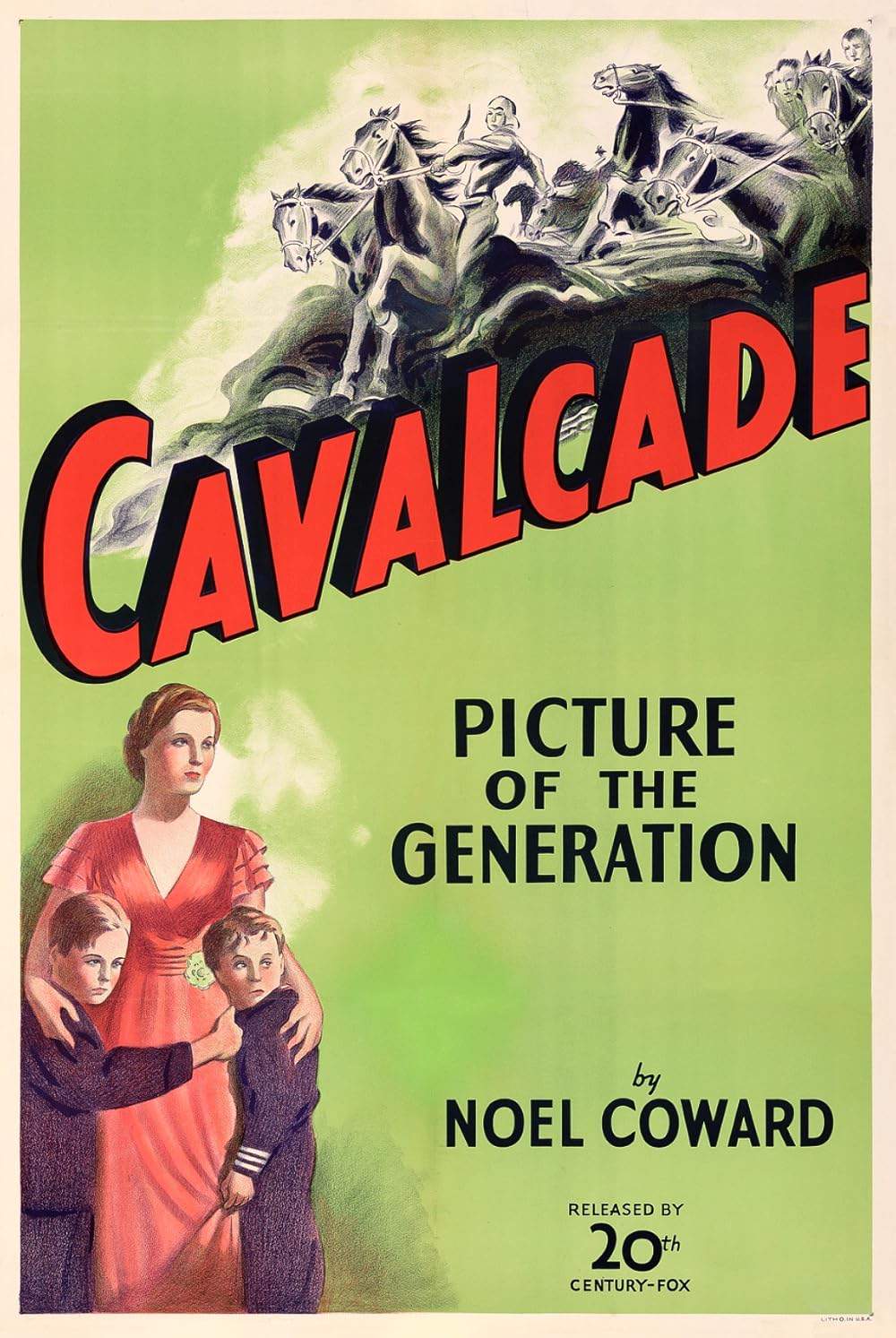Warning: spoilers below!
Haven’t seen A Canterbury Tale yet? This summary contains major spoilers. Bookmark the page, watch the movie, and come back for the full breakdown. If you're ready, scroll on and relive the story!
A Canterbury Tale (1944) – Full Plot Summary & Ending Explained
Read the complete plot breakdown of A Canterbury Tale (1944), including all key story events, major twists, and the ending explained in detail. Discover what really happened—and what it all means.
Late on Friday night, 27 August 1943, at the railway station of the fictional Kent town of Chillingbourne (filmed in Chilham, Fordwich, Wickhambreaux and several other nearby villages around Canterbury), three young people—British Army Sergeant Peter Gibbs, Dennis Price; U.S. Army Sergeant Bob Johnson, and a Land Girl, Miss Alison Smith Sheila Sim—begin a weekend that will pull them into a local wartime mystery.
Alison is the first to fall victim to a menacing figure described by locals as “the glue man”: an assailant in uniform pours glue on her hair, a crude motif that has struck others too. The fear and curiosity surrounding these incidents pull the trio together: Alison asks Bob to stay in Chillingbourne to help solve the case, and the three decide to investigate, enlisting help from the townspeople and a cadre of local boys who stage large-scale war games for amusement and suspense.
Over the next day, their investigation unfolds through a mix of fieldwork and clever sleuthing. Alison interviews the victims to chart dates and times, while Gibbs and Johnson apply their wartime discipline and curiosity to the puzzle. Gibbs gains access to the town’s files by visiting the home of a respected local figure, and he secretly takes the fire-watch roster listing the nights Colpeper was on duty in the town hall. A paper drive—organized by Johnson’s boy commandos—unearths receipts for glue-making gum, a crucial clue that ties the attacks to Colpeper.
The dates line up with Colpeper’s night watches, and the trio’s deductions point toward him as the culprit. They assemble their evidence and confront Colpeper aboard a train to Canterbury. He does not deny the accusations, but reveals a motive built on power and control: the local magistrate, a gentleman farmer and respected community member who also delivers lectures on local history, wants to keep the soldiers’ attention away from female companionship, ensuring that local women remain faithful to their absent boyfriends. In his own words, he suggests that Canterbury’s pilgrims go to the city to “receive a blessing or to do penance.”
When the trio reaches Canterbury, the city itself bears the scars of wartime bombing, and the three are greeted with a different kind of blessing. Alison learns that her boyfriend has survived the war, despite earlier rumors of his death; his father, who had blocked the match, finally relents. Bob discovers letters from his sweetheart, now serving with the WAC in Australia, providing a long-awaited emotional payoff. Peter, whose prewar life was tied to cinema organ music, is given a chance to play Johann Sebastian Bach on the grand organ at Canterbury Cathedral, a moment that feels both triumphant and poignant. He then leaves with his unit, choosing not to report Colpeper in the end, a decision that underscores the complex moral choices faced during wartime.
The film gracefully blends small-town wartime tension with a coming-of-age romance, showing how youthful courage, comic improvisation, and shared purpose can illuminate truth even in a town shaken by conflict. The suspense builds through clever investigative beats—from stolen rosters and salvage drives to intimate interviews and cross-checking alibis—culminating in a Canterbury finale that binds the fates of the three protagonists to the city’s battered but enduring spirit.
“receive a blessing or to do penance”
Last Updated: October 07, 2025 at 08:45
Unlock the Full Story of A Canterbury Tale
Don't stop at just watching — explore A Canterbury Tale in full detail. From the complete plot summary and scene-by-scene timeline to character breakdowns, thematic analysis, and a deep dive into the ending — every page helps you truly understand what A Canterbury Tale is all about. Plus, discover what's next after the movie.
A Canterbury Tale Timeline
Track the full timeline of A Canterbury Tale with every major event arranged chronologically. Perfect for decoding non-linear storytelling, flashbacks, or parallel narratives with a clear scene-by-scene breakdown.

Similar Movies to A Canterbury Tale
Discover movies like A Canterbury Tale that share similar genres, themes, and storytelling elements. Whether you’re drawn to the atmosphere, character arcs, or plot structure, these curated recommendations will help you explore more films you’ll love.
Explore More About Movie A Canterbury Tale
A Canterbury Tale (1944) Scene-by-Scene Movie Timeline
A Canterbury Tale (1944) Movie Characters, Themes & Settings
A Canterbury Tale (1944) Spoiler-Free Summary & Key Flow
Movies Like A Canterbury Tale – Similar Titles You’ll Enjoy
Cavalcade (1933) Movie Recap & Themes
Agatha and the Truth of Murder (2018) Movie Recap & Themes
Wetherby (1985) Plot Summary & Ending Explained
A Connecticut Yankee in King Arthur’s Court (1989) Full Summary & Key Details
The Pale Horse (1000) Complete Plot Breakdown
Fiddlers Three (1944) Detailed Story Recap
A Connecticut Yankee (1931) Spoiler-Packed Plot Recap
Homicide for Three (1948) Movie Recap & Themes
The Unholy Three (1925) Complete Plot Breakdown
Cottage to Let (1941) Detailed Story Recap
23 Paces to Baker Street (1956) Movie Recap & Themes
The White Cliffs of Dover (1944) Movie Recap & Themes
Town on Trial (1957) Film Overview & Timeline
A Connecticut Yankee in King Arthur’s Court (1949) Detailed Story Recap
Agatha Christie’s The Pale Horse (1997) Movie Recap & Themes


















